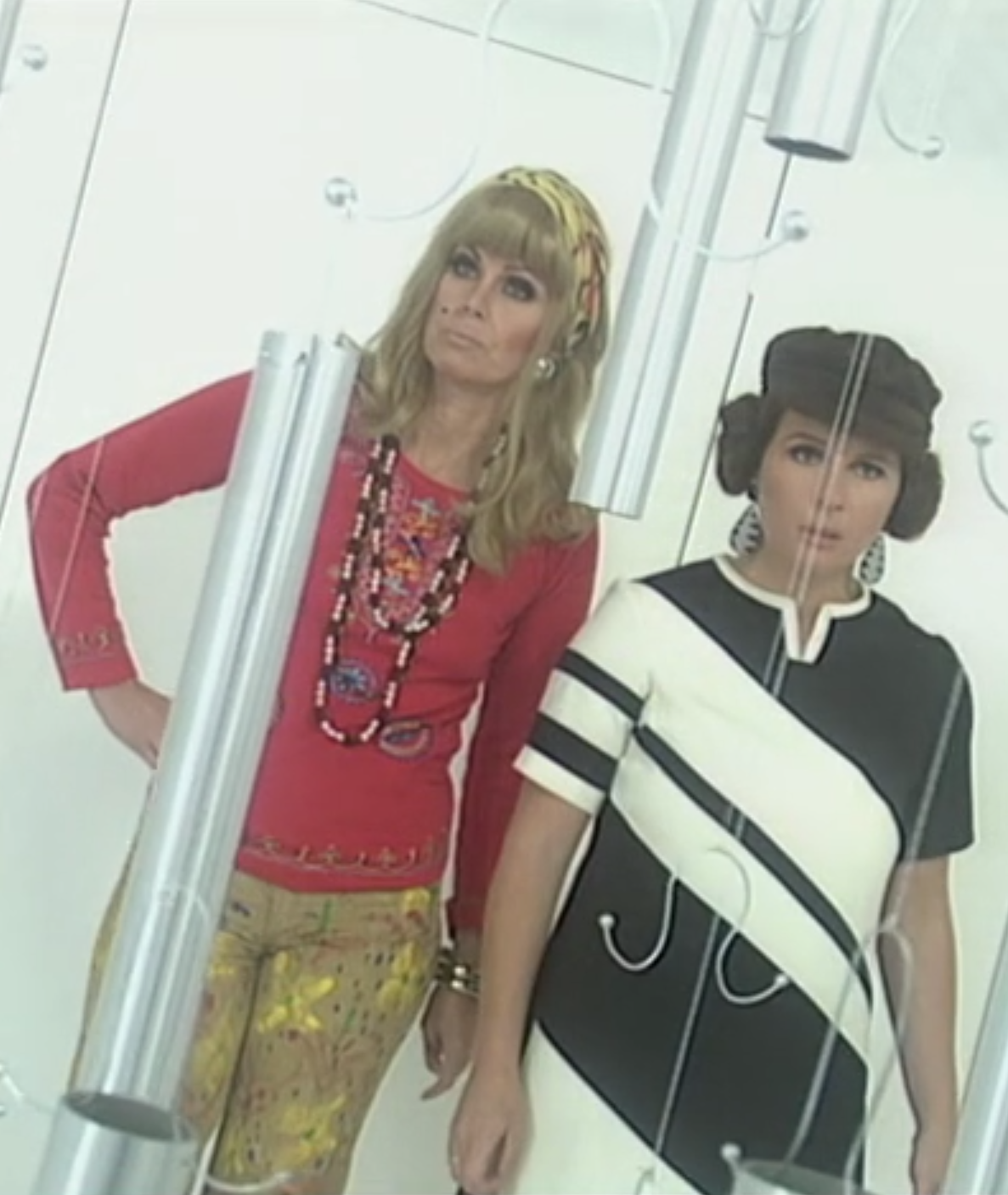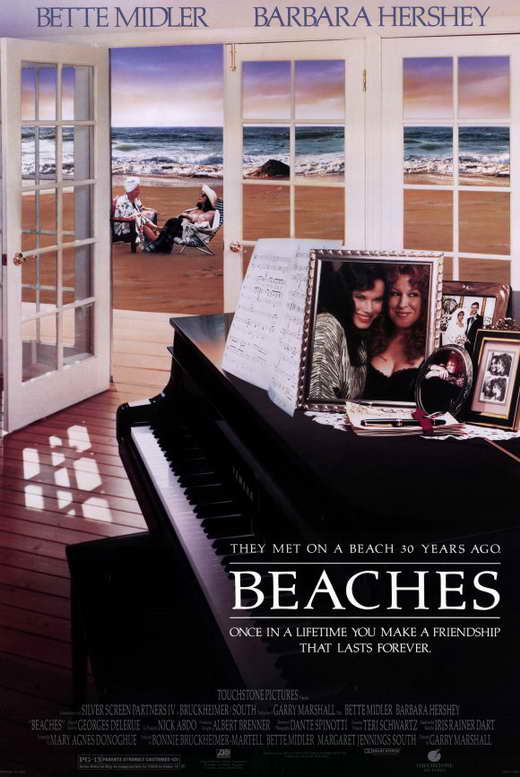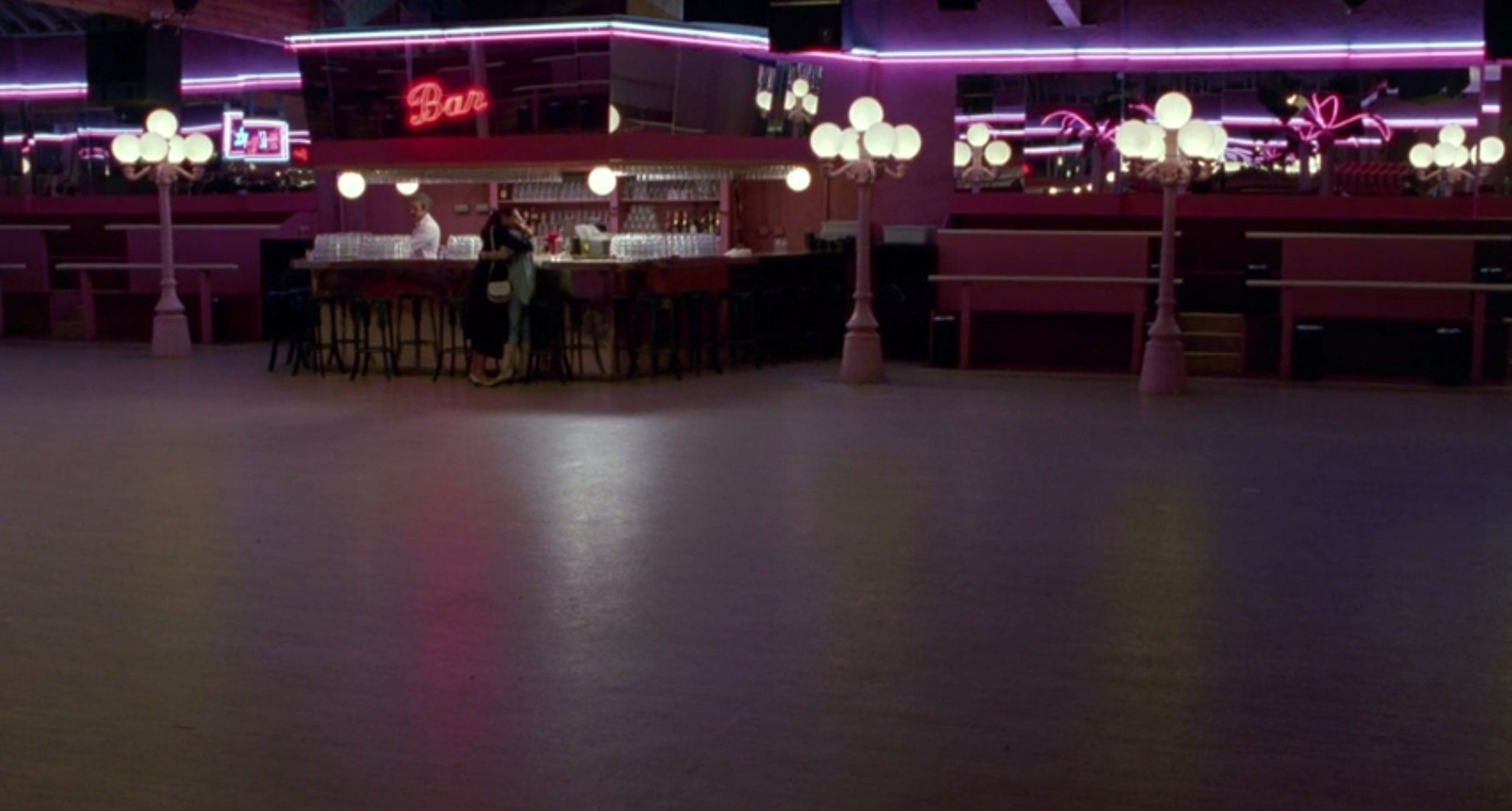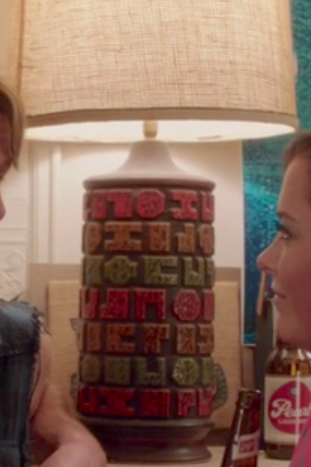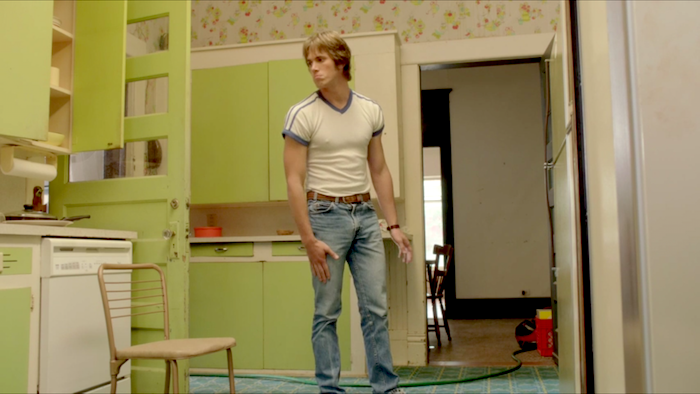Review: Meryl Streep as "Florence Foster Jenkins"
 Saturday, August 13, 2016 at 9:00PM
Saturday, August 13, 2016 at 9:00PM This review was originally published in Nathaniel's column at Towleroad
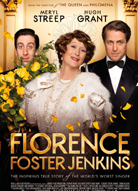 It takes a gifted singer to sing this horribly. Every other note is wrong. No phrasing goes unmangled by shortness of breath. No lovely moment meant to soar cannot be shattered by a flat ear-piercing decibel. The central conceit of Stephen Frears new comedy Florence Foster Jenkins is that Florence, a considerably wealthy patron of the arts played by Meryl Streep, lives for music but is ghastly at it. The inside joke, given the casting, is that we all know La Streep can sing with the best of them. She followed the "is there nothing she can't do?" revelation of Ironweed's tragic showstopper "He's Me Pal" (1987, Oscar-Nominated) with transcendent country crooner feeling in Postcards From the Edge (1990, Oscar-Nominated), and just kept on singing whenever a movie gave her the opportunity all the way up through last year's Ricki and the Flash which was practically a concert film there were so many scenes of Streep at the mic, rocking out.
It takes a gifted singer to sing this horribly. Every other note is wrong. No phrasing goes unmangled by shortness of breath. No lovely moment meant to soar cannot be shattered by a flat ear-piercing decibel. The central conceit of Stephen Frears new comedy Florence Foster Jenkins is that Florence, a considerably wealthy patron of the arts played by Meryl Streep, lives for music but is ghastly at it. The inside joke, given the casting, is that we all know La Streep can sing with the best of them. She followed the "is there nothing she can't do?" revelation of Ironweed's tragic showstopper "He's Me Pal" (1987, Oscar-Nominated) with transcendent country crooner feeling in Postcards From the Edge (1990, Oscar-Nominated), and just kept on singing whenever a movie gave her the opportunity all the way up through last year's Ricki and the Flash which was practically a concert film there were so many scenes of Streep at the mic, rocking out.
Florence Foster Jenkins doesn't rock out. Florence is not that kind of girl and Florence, also, is not the kind of movie...





